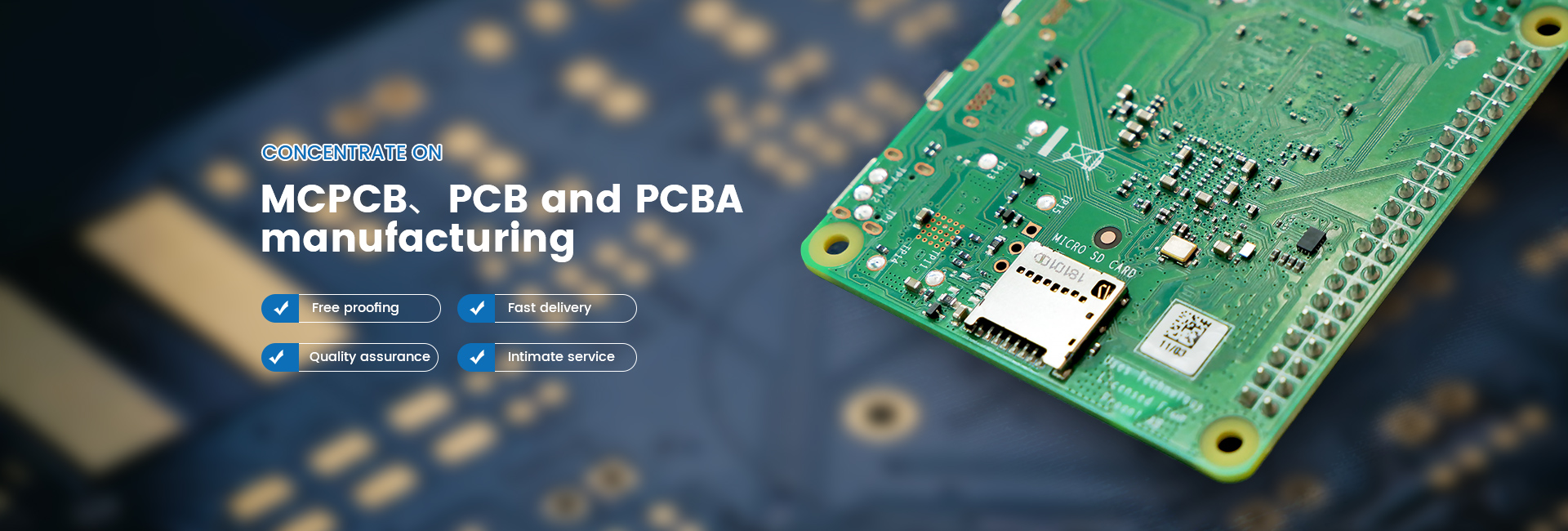Time:2022-08-10 Visit:
It can be seen that the PCB sample is flush with the substrate, meeting the requirement of height difference <15um. In fact, if the grinding process and hole metallization process are further optimized, it is beneficial to obtain a smaller height difference and thus better flatness.
To sum up, the whole point of this type of circuit and substrate is to make the circuit flush with the substrate. The key to processing is the filling and degumming process that affects product reliability. In addition, the processing flatness of the product also depends on the close cooperation between the outer circuit and the surface treatment process.

At present, the relevant documents about such products are rarely disclosed. Some assumptions and attempts made by this subject to solve the problems in the production process of such products have certain defects. However, in today's multiplication of product differentiation, the needs of customers are the source of inspiration and spiritual motivation for our research work, and new explorations will never stop.
Traditional PCB lines are protruded from the substrate, but some customers require the lines to be as flush as possible with the substrate medium to reduce the protruding and exposed degree of the lines. Such products are typically characterized by thick copper, large line widths and spacing, and the lines need to be filled with a dielectric. This article will introduce a manufacturing process for leveling the PCB circuit and the substrate through resin filling, which can make the circuit of this thick copper product protrude <15um relative to the substrate, and the circuit gap is filled with glue, which can meet the routine use of reliability. need.
If the contacts or lines on the PCB need to be in contact with the device repeatedly, with the extension of the working time of the product, the metal on the surface will be worn to a certain extent, resulting in poor contact. Therefore, some customers propose that PCB production requires the circuit to be flush with the substrate to avoid excessive wear of the exposed metal layer on the board surface. Such products typically have thicker surface copper and larger line widths and spacings. Therefore, a relatively simple manufacturing scheme is to fill the circuit with resin as the medium. Therefore, this article will introduce a board-making scheme that uses resin as the dielectric material to fill the circuit.